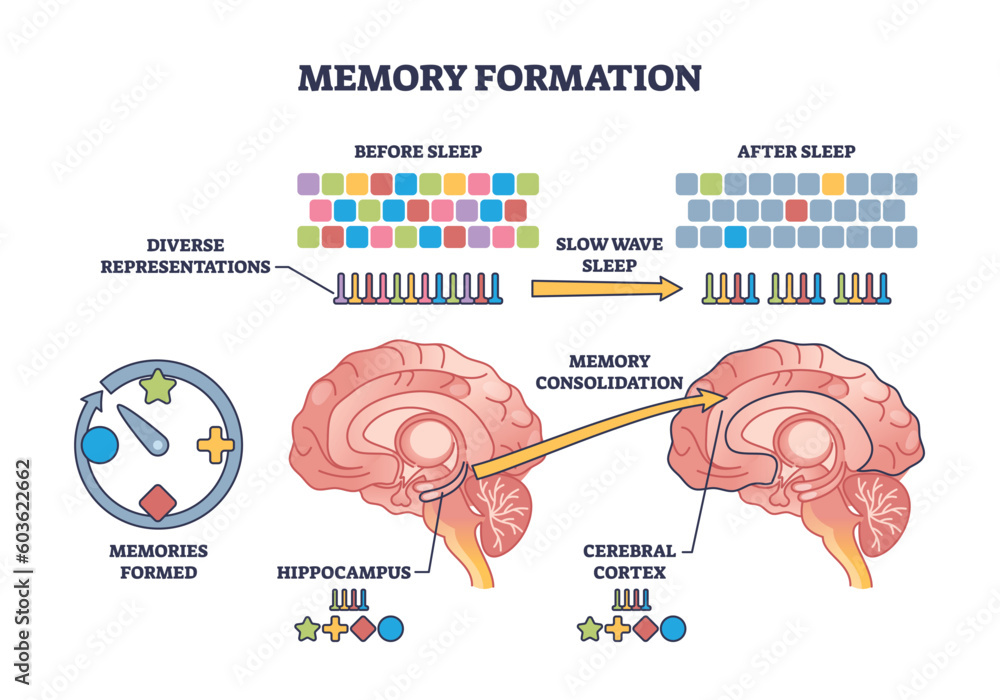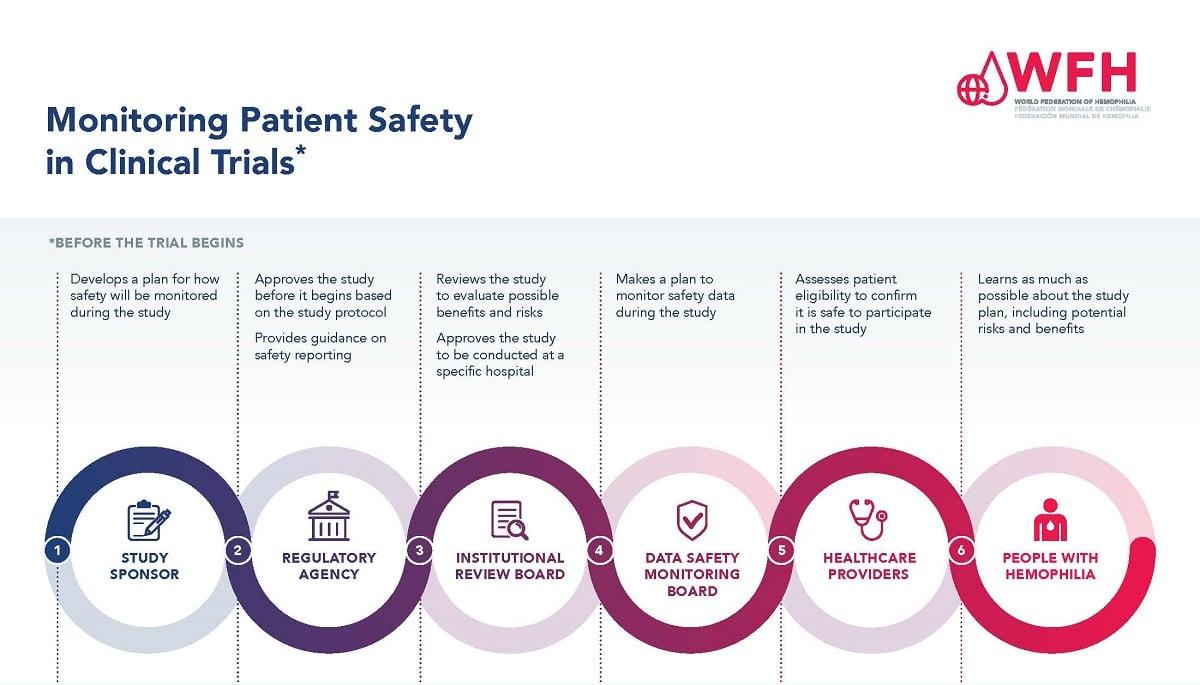
Health Tracking Memory Formation: New Insights on Learning
Health Tracking Memory Formation is emerging as a revolutionary concept in the field of neuroscience, shedding light on how our brains create and retain memories. Recent advancements in this area focus on the intricate processes of synaptic plasticity, which is crucial for learning and memory retention. By utilizing sophisticated neuroscience techniques, researchers are uncovering the molecular foundations that underlie these processes, promising new avenues in dementia research and treatment. As we delve deeper into the mechanisms of memory formation, the implications for addressing neurodegenerative disorders become increasingly significant. This burgeoning research not only paves the way for innovative therapies but also enhances our understanding of how memories are encoded within the brain.
The concept of tracking the formation of memories through health sciences is garnering increasing attention, particularly due to its implications for cognitive health management. Within this innovative framework, key processes such as synaptic modification and the underlying molecular structures play a vital role in learning. The exploration of these mechanisms is critical, especially in the context of understanding neurodegenerative ailments, including types of dementia. By applying advanced methodologies from neuroscience, scientists aim to unravel the complexities of memory retention and retrieval, which may lead to breakthrough solutions for cognitive impairments. As the landscape of research in this domain evolves, it offers a hopeful prospect for those affected by memory-related disorders.
Understanding Health Tracking Memory Formation
Health Tracking Memory Formation is an emerging field of research that delves deep into the neural processes that govern how we learn and retain information. The ability to track and analyze memory formation is crucial in understanding various cognitive functions, as well as in diagnosing and treating neurodegenerative disorders such as Alzheimer’s and dementia. New techniques in neuroscience, such as the EPSILON method developed by Harvard researchers, allow scientists to visualize synaptic plasticity — the very foundation of memory. By observing how neural connections strengthen or weaken over time, we gain insight into the biological mechanisms that underpin learning and memory.
This advanced understanding of health tracking memory formation can lead to groundbreaking therapies for cognitive impairments. Scientific insights from techniques like EPSILON enhance our knowledge of how memories are formed, revealing the intricate patterns of synaptic behavior and their role in establishing enduring memory traces. By focusing on the molecular underpinnings and the proteins involved, including AMPARs, researchers can identify specific targets for treatment in various neurodegenerative disorders. The synergy of basic science with clinical applications represents a promising route towards improving health outcomes for individuals experiencing memory loss.
The Role of Synaptic Plasticity in Memory and Learning
Synaptic plasticity is a fundamental mechanism that facilitates learning and memory by enabling the brain to adapt based on experience. This process involves the strengthening or weakening of synapses, the communication junctions between neurons, in response to stimuli. As highlighted in recent research, understanding synaptic plasticity is essential for deciphering how memories are encoded in the brain. Techniques like EPSILON have unveiled unprecedented details about the dynamics of synaptic changes during memory formation, thereby enhancing our comprehension of this vital phenomenon.
Research into synaptic plasticity not only broadens our understanding of memory systems but also shines a light on various neurodegenerative conditions. For instance, in disorders characterized by synaptic dysfunction, like Alzheimer’s disease, the impairment of synaptic plasticity can lead to significant memory deficits. By studying these processes more deeply, scientists hope to discover pharmacological interventions that could restore synaptic function, thereby offering hope for innovative treatments in dementia research.
Frequently Asked Questions
What is the significance of Health Tracking Memory Formation in understanding synaptic plasticity?
Health Tracking Memory Formation plays a crucial role in understanding synaptic plasticity, the process by which the brain strengthens or weakens the connections between neurons. This understanding can provide insights into how memories are formed and retained, which is essential for addressing neurodegenerative disorders such as dementia. By studying the molecular basis of memory formation, researchers can develop more effective therapies for memory-related disorders.
How does the EPSILON technique enhance our understanding of memory formation and neurodegenerative disorders?
The EPSILON technique allows researchers to map the synaptic architecture involved in memory formation with unprecedented detail. This enhancement in understanding contributes significantly to dementia research, as it exposes the underlying mechanisms of synaptic plasticity that often malfunction in neurodegenerative disorders. By observing how AMPAR proteins behave at synapses during memory tasks, scientists can identify potential targets for therapeutic interventions.
In what ways does learning and memory impact neurodegenerative disorders?
Learning and memory are intimately linked to synaptic plasticity, and disruptions in these processes can lead to neurodegenerative disorders like Alzheimer’s disease. As researchers examine the intersections of memory formation and synaptic strength through health tracking techniques, they uncover how impairments in these cognitive processes may precipitate neurodegeneration, aiding in the development of preventive strategies or treatments.
What are the neurological implications of synaptic plasticity on dementia research?
Synaptic plasticity is essential for learning and memory. Its implications for dementia research are profound, as the ability to strengthen or weaken synapses underlies memory formation. In disorders such as dementia, where synaptic function deteriorates, understanding the mechanisms of synaptic plasticity could unlock pathways to intervention, potentially reversing or mitigating memory loss.
How can neuroscience techniques improve our understanding of memory retention?
Neuroscience techniques, such as the EPSILON method, enhance our understanding of memory retention by allowing scientists to visualize and analyze synaptic behavior in real-time. By observing the dynamics of AMPARs and their role in synaptic plasticity, researchers can discern the rules governing memory storage and retention, providing a clearer picture of how memories are formed and preserved in the brain.
What role does AMPAR play in health tracking memory formation?
AMPAR, or AMPA receptors, are integral to health tracking memory formation as they mediate the synaptic transmission critical for encoding memories. Their movement and interactions signify how synaptic strength is modified during learning, providing key insights into the biological underpinnings of memory. Understanding AMPAR dynamics can inform treatment strategies for memory impairments associated with dementia.
| Key Aspect | Details |
|---|---|
| Research Team | Harvard researchers led by Adam Cohen, including Doyeon Kim and others. |
| Technique Developed | Extracellular Protein Surface Labeling in Neurons (EPSILON) allows mapping of synaptic protein behavior. |
| Main Proteins Studied | AMPARs (Alpha-Amino-3-Hydroxy-5-Methyl-4-Isoxazolepropionic Acid Receptors), vital for synaptic plasticity. |
| Significance | Provides insights into learning, memory formation, and potential therapies for diseases like dementia. |
| Scientific Advancement | Offers greater resolution and understanding of synaptic interactions, previously unattainable. |
| Future Applications | Potential to study various cognitive phenomena and guide therapies for memory impairment. |
Summary
Health Tracking Memory Formation has emerged as a critical area of study, revealing how learning and memories are formed within the brain’s intricate synaptic networks. The groundbreaking technique developed by Harvard researchers provides unprecedented insights into synaptic plasticity and the underlying protein interactions, specifically through the EPSILON method. This innovation not only aids our understanding of memory but may also pave the way for new therapeutic interventions for cognitive disorders such as dementia.


